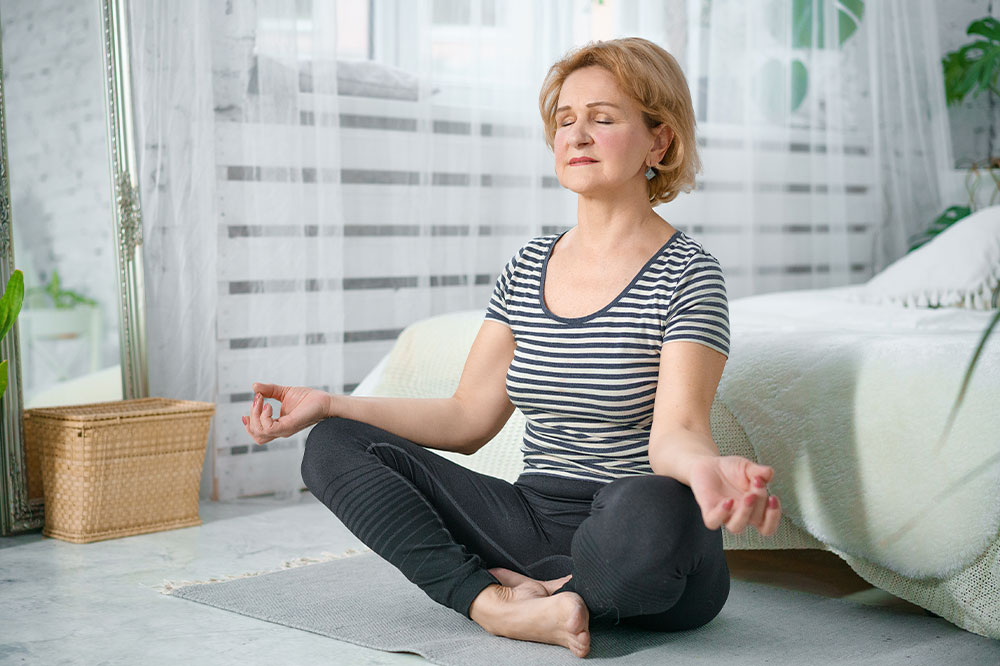
5 natural remedies for migraine relief
Migraine experiencers normally feel throbbing headaches, nausea, blurriness, sensitivity to light, and several other sensations during an episode of it. There are several short-term and long-term triggers such as stress, poor sleep quality, irregular meal times, dehydration, and others that trigger migraine. While a definitive cure for it is yet to be found, there are several treatments to manage mild or severe episodes of migraine. Here are some of them you should know:
Butterbur usage
Several studies have found butterbur to reduce the frequency of migraine in adults and children. However, you need to be selective while purchasing butterbur to maximize its effectiveness. Therefore, the National Center for Complementary and Integrative Health recommends that butterbur products that are pyrrolizidine alkaloid-free, must be used, as that chemical tends to cause damage to the lungs, blood flow, and liver. Before using butterbur, a doctor’s consultation is recommended.
Temperature therapy
A cold compress can bring the much-needed numbing effect for migraine experiences. The cold compress, or a cold-water-soaked cloth, can be gently applied to the head and neck for instant relief. Although temporary, this is one of the first and most immediate migraine relief techniques.
Also, hot compresses or heating pads are useful to relax the tension generated in your muscles during migraine and provide an equivalent relief to cold temperature therapy. Many prefer hot-temperature therapy for migraine more than cold one.
Meditative breathing
Slow deep breathing is an effective method to deal with stress, arguably the most prominent cause of migraine in individuals. Slow deep breathing involves individuals slowly carrying out the following breathing pattern: inhaling air for four seconds, followed by exhaling it for four seconds. The inhalation and exhalation need to be gentle and not labored. This process can be followed for at least a minute every day or every few hours for restoring calm in the brain. This breathing technique is a long-term treatment and management measure for any kind of stress.
Regular sleep
A lack of sleep is often a slow, eventual trigger for migraine. Therefore, migraine experiencers must get seven to nine hours of sleep at similar times at night. This consistency helps calm the brain and prevents abrupt trigger points, making regular sleep an effective cure.
There is a direct relationship between poor sleep quality and the frequency of migraine-based headaches. Apart from a good night’s sleep, you can also avoid caffeine consumption, especially when it is late at night. Additionally, stimulating activities, such as checking your phone reduces the quality of your sleep, and must be avoided at all times.
Hydration and regularized meals
Dehydration is a significant reason for migraine episodes, with about 33% of migraine experiencers having it as their main trigger, as per the American Migraine Foundation. Therefore, you must drink plenty of water throughout the day, especially during and after work outs. Water consumption should be even higher during hot and dry days of summers.
Apart from hydration, irregularity in meal times can also cause hormonal imbalances that ultimately trigger frequent episodes of migraine and nausea in experiencers. To avoid this, one can select a particular time for each meal, and have them at that time every day. Additionally, skipping meals, an unfortunately common action that many people do to fulfill their work or other commitments, must be avoided to maintain consistency. To regularize your meals, you can maintain a handbook to journal your daily meals, meal times, and gaps between multiple meals.




